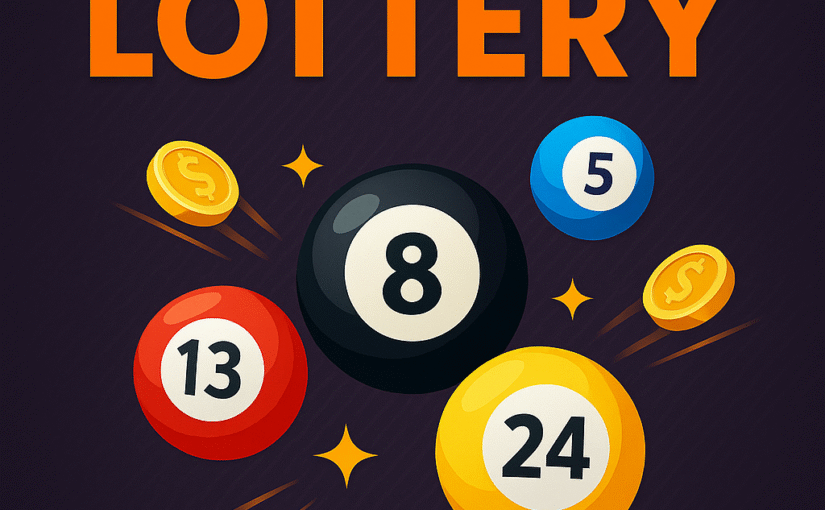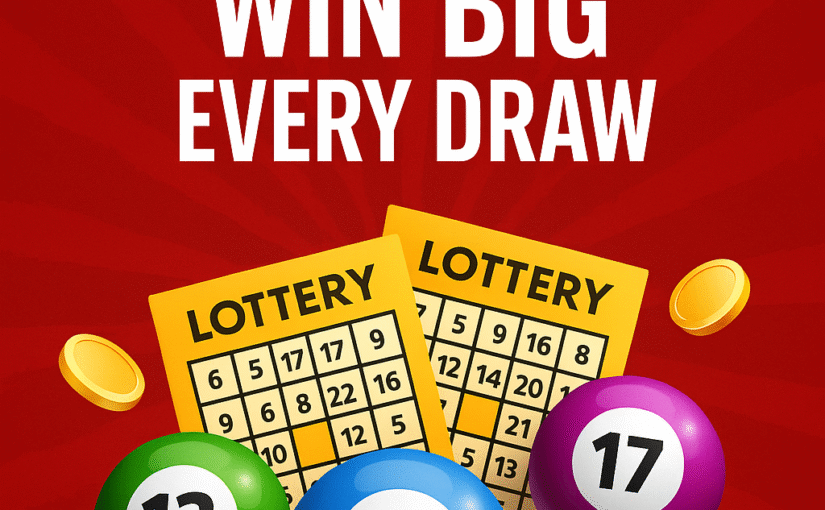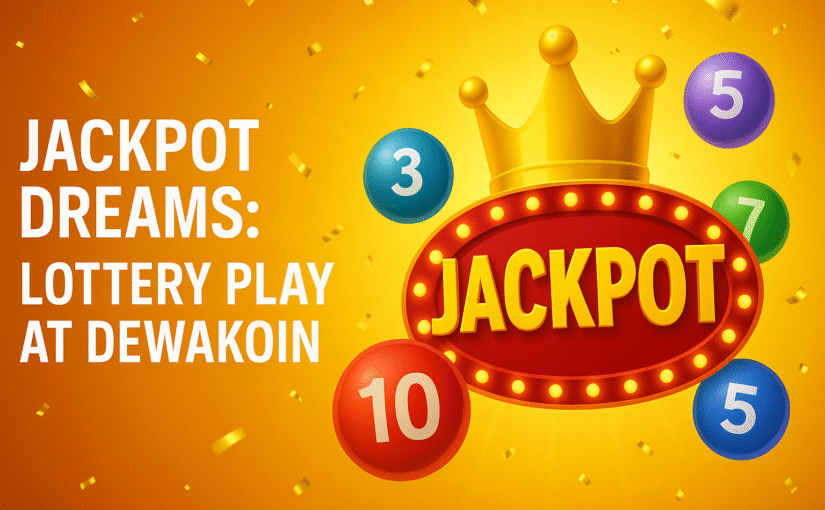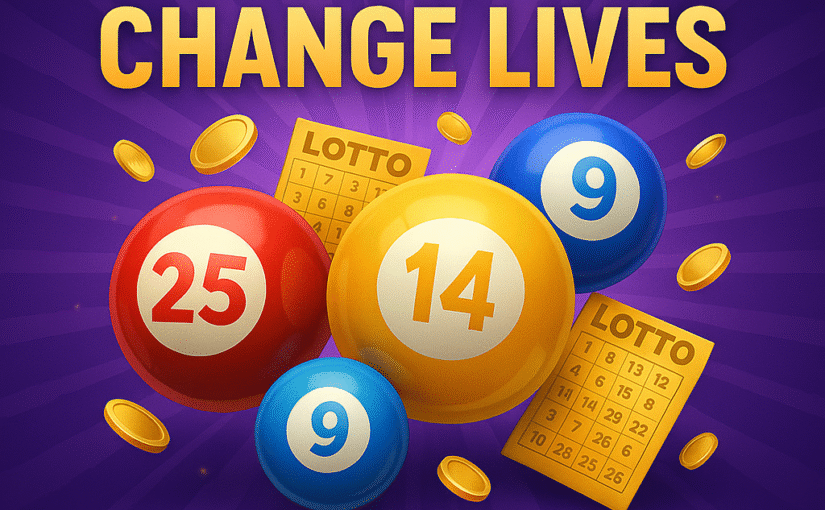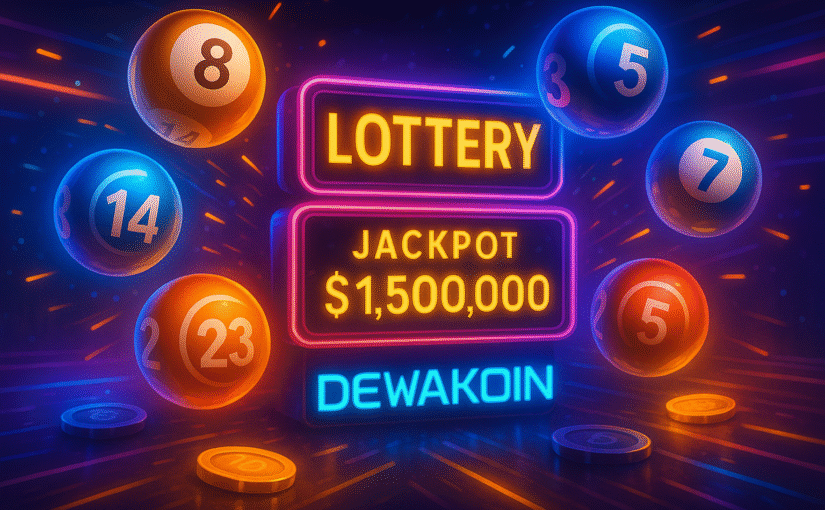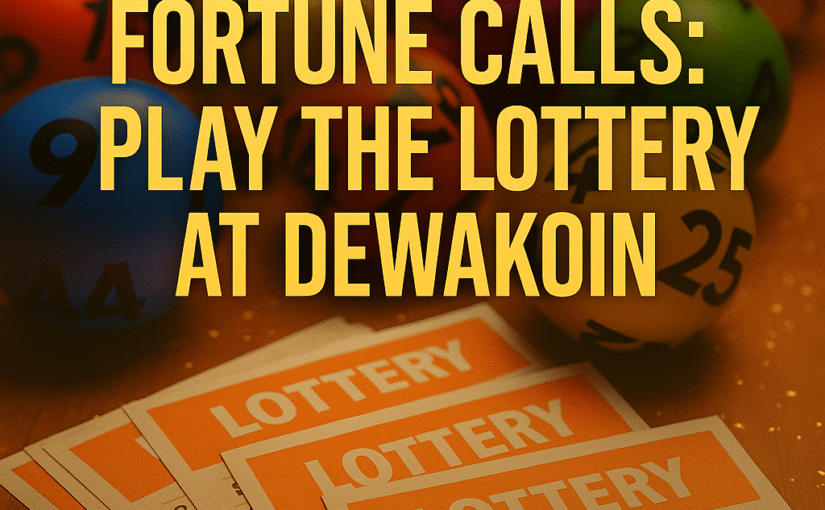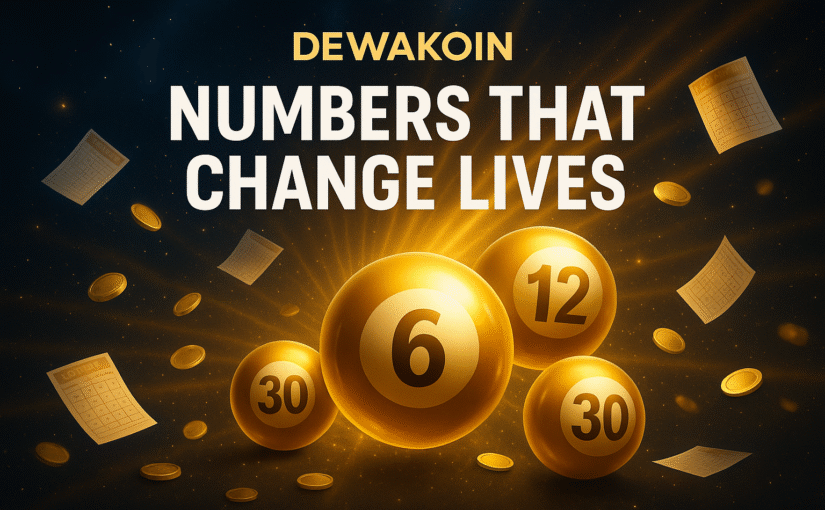The lottery has always been about dreams—dreams of jackpots big enough to change your life. At Dewakoin, we take those dreams global, giving you instant access to massive international draws, fair results, and secure payouts that put you in control.
Why Online Lottery Is the Smarter Choice
Gone are the days of paper slips and long lines. With Dewakoin, you can enter your numbers instantly, monitor live draws, and cash out wins with just a click. Digital lottery means more convenience, stronger security, and bigger opportunities—anytime, anywhere.
What Makes Dewakoin Different
We don’t just offer lottery—we redefine it:
- Global Jackpots – Join draws that reach millions in prizes.
- Instant Access – No delays, play right from your device.
- Verified Fair Play – Every result is transparent and secure.
- Fast Payouts – Winnings delivered quickly and safely.
Smarter Lottery Play
While luck drives the lottery, strategy gives you an edge. Playing syndicates, using consistent patterns, and balancing number picks can improve your chances. At Dewakoin, we provide the tools to help bold players play smarter.
Your Jackpot Journey Awaits
Every ticket is a chance at something extraordinary. Don’t just watch the numbers roll—take your shot. At Dewakoin, the lottery is built for bold dreamers and bigger winners.
Dewakoin—where every number holds the power to change everything.

